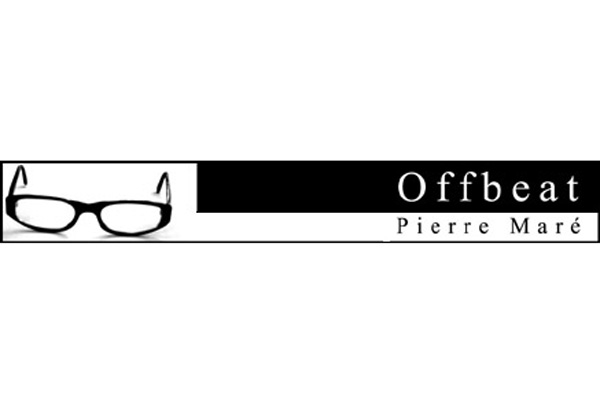
First impressions count, they say, but can you always trust the wrapping?

A cliché and another cliché ● the perils of ironing ● diplomacy & history ● cycnical evangelists ● the priest who is a conman ● dressing down ● a few stereotypes ● the idiocy of genius ● paranoia as an interview technique
“Clothes maketh the man,” so I am told. And apparently, “First appearances count.” Interesting ideas.
I was never one for dressing well. Wrinkles used to be par for the course, and the exercise of keeping my shirt tucked in still eludes me. My clothes are ironed nowadays, though not by me. I object to standing over an ironing board, having had plenty of experience of invariably getting the seam in the wrong place. I now pay someone to do my ironing for me. She’s very good at it but I still have a certain amount of wrinkles, but at least it’s not me doing the ironing. That’s my concession to looking decent. Now on with the show…
Clothes are a form of diplomacy. The right apparel is an emissary that conveys the message of the wearer. The burning question is: can you trust the message?
History is littered with well-dressed men and women, all of whom had a major impact on life as we know it. These were people who made an immediate good impression on those around them. They had to in order to be credible. Now consider the fact that at least one major fashion house got its first big break with an order for jackboots and snappy black form-fitting uniforms for an elite national security unit. Like any good diplomat, clothes can tell the most outrageous lies and still make them look good.
The first type of lie that clothes tell is the uniform. A uniform is supposed to demonstrate a specific role and the calibre of the individual who wears it. Senior legal professionals wear outrageous wigs. The medical profession is associated with white coats and stethoscopes. What police wear depends on the country. All of these professions are supposed to ascribe to a high level of ethics, yet all of these professions have their examples of corruption, or the sort of ethics that would make even the most cynical televangelist with a choir full of buxom eighteen year olds think twice.
It’s not just individuals who wear the uniforms that can go wrong though: occasionally the entire profession can be corrupted. Witness the example of the fashion house and the jackboots.
The second lie lies in the individual who adopts the clothing as a façade. After all, if ‘clothes maketh the man’, then what more is needed. The extent of this lie depends entirely on the individual. There is the well-dressed office worker who couldn’t do the job even if you offered him double pay or a huge end-of-year bonus. And then there are the hundreds of stories that feature modestly dressed priests, missing the rings and the inevitable loss of money on the part of some individual possessing an equally large measure of gullibility and greed.
The third lie, the lie that arises from omission, is found in the people who propagate the idea that clothing is the key indicator of a man or woman’s personality. Perhaps all is not so well if there is no need to look any deeper than the surface.
A new dress code is emerging. Across the world, people are discarding suits, ties and epaulettes in favour of casual slacks and cotton shirts. The underpinning of the change is an honest desire to be comfortable and seen as removed from the camouflage of a uniform or a suit. Yet even apparent casual attire does not always speak of homespun honesty and the sort of values that come from the rural setting which many of the labels seek to emulate, albeit with a very cosmopolitan approach to prices.
The problem with ‘clothes that maketh the man’ is that this approach builds a stereotype. It’s not the sort of stereotype that says ‘my colour good, every other colour bad’, but it still deludes us and leads us away from the true worth of an individual.
There are exceptions to the rule: Gandhi made do with a strategically placed loin cloth and shawl, and many of the greatest minds appear to have difficulty telling a blue sock from a pink one.
Perhaps the best strategy in determining a first impression based on clothes is not immediately to admire, but to ask. “Why on earth are you wearing that?”











































